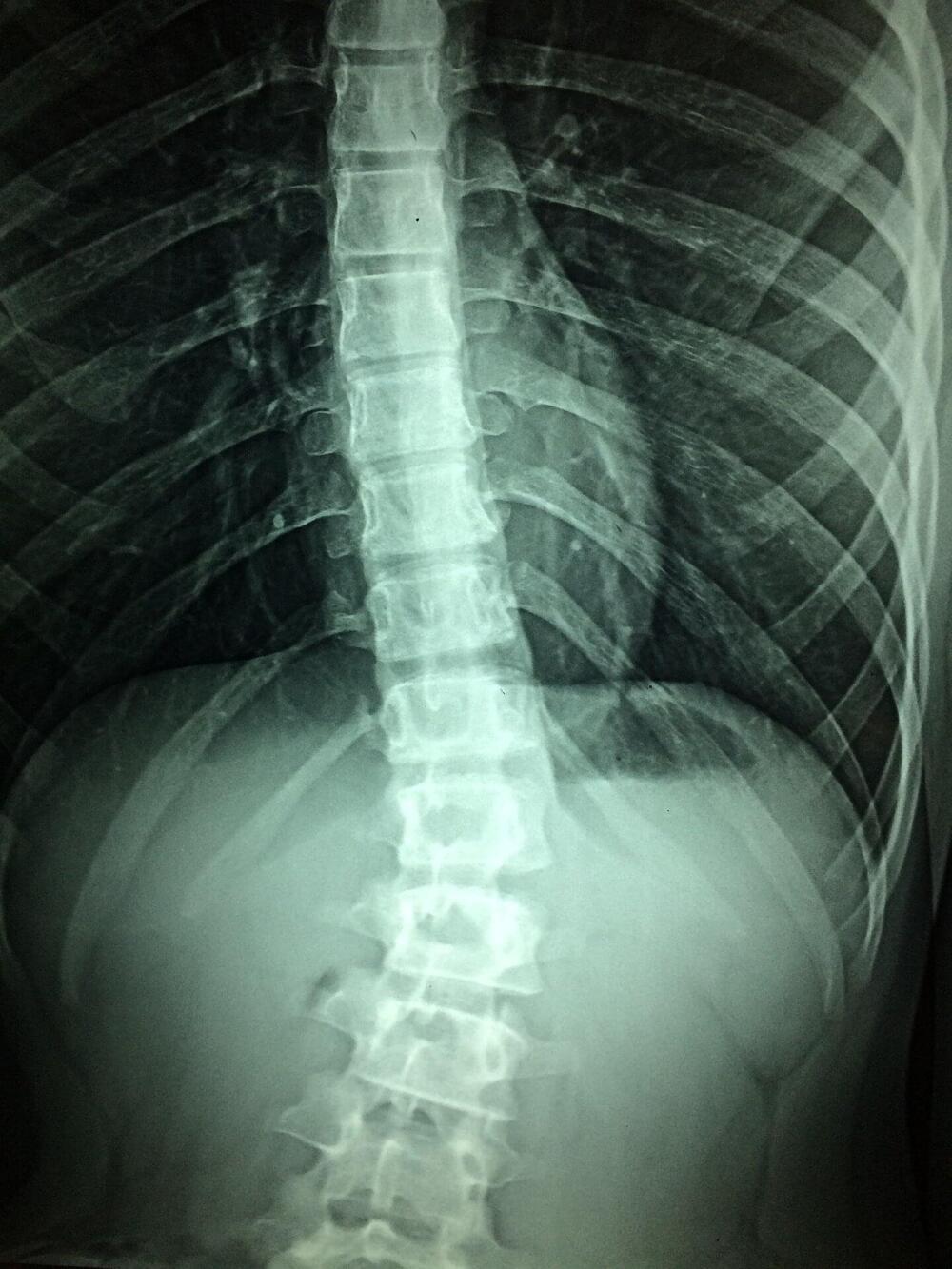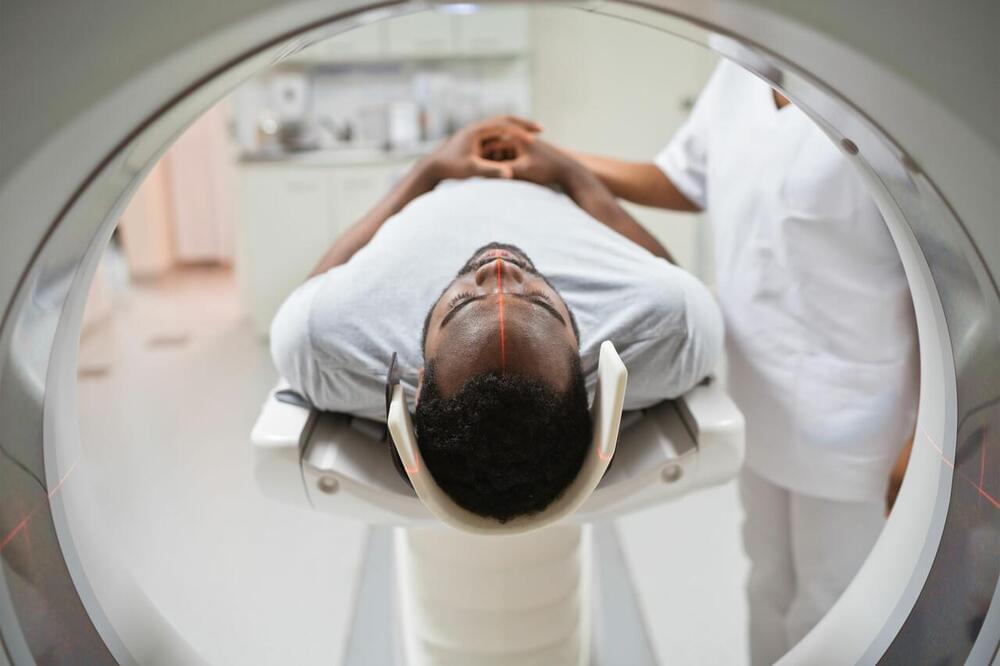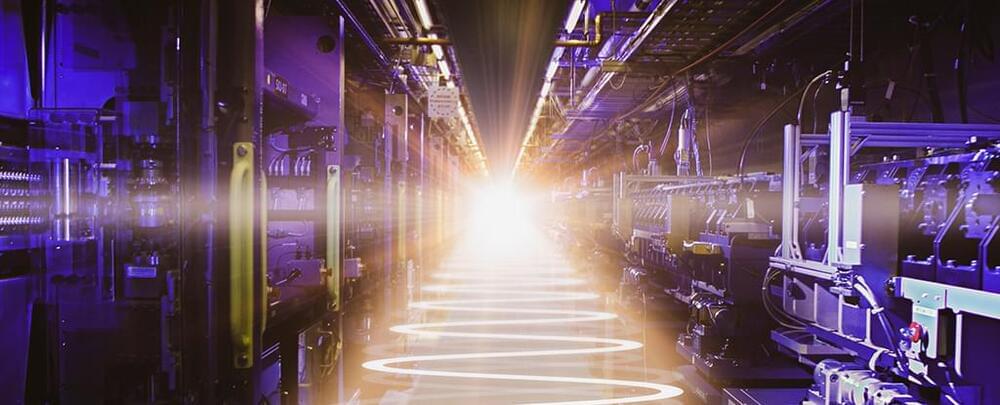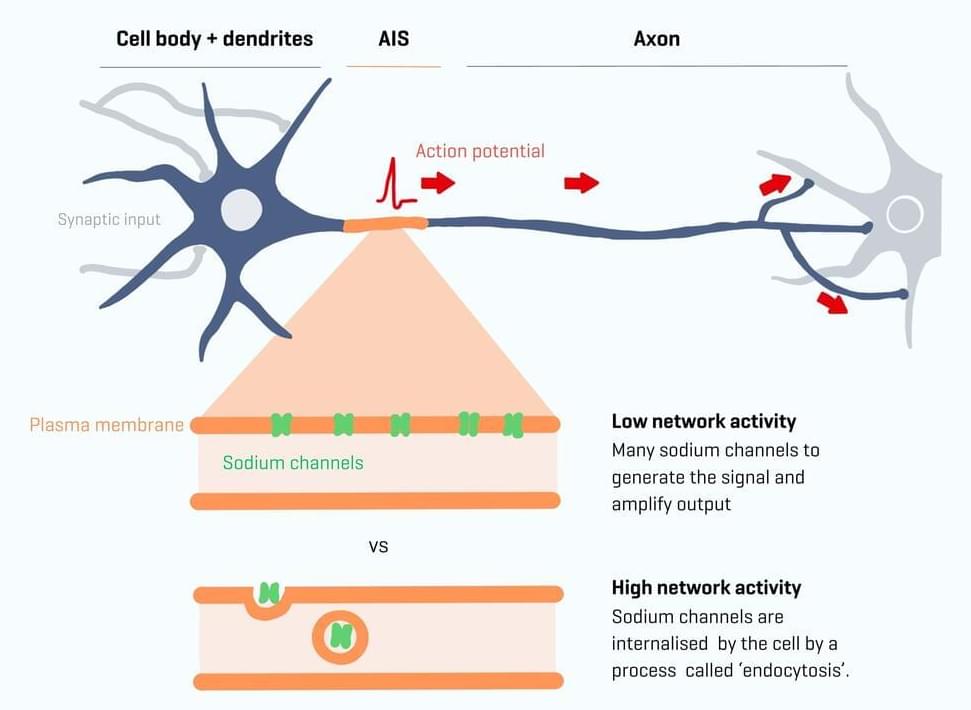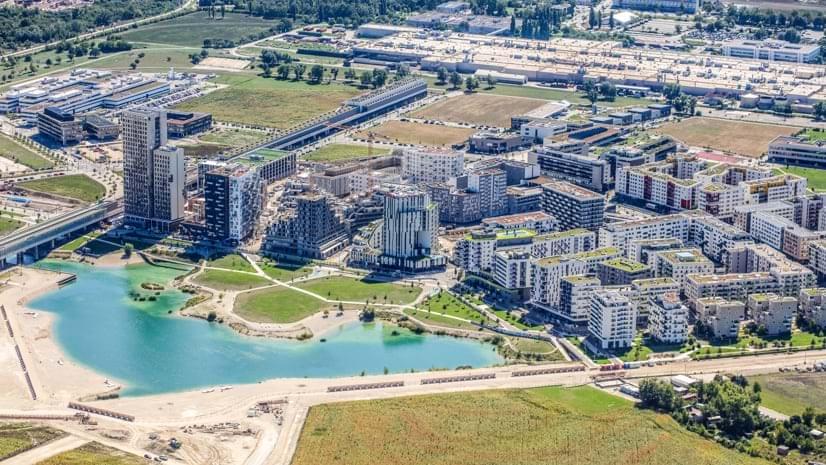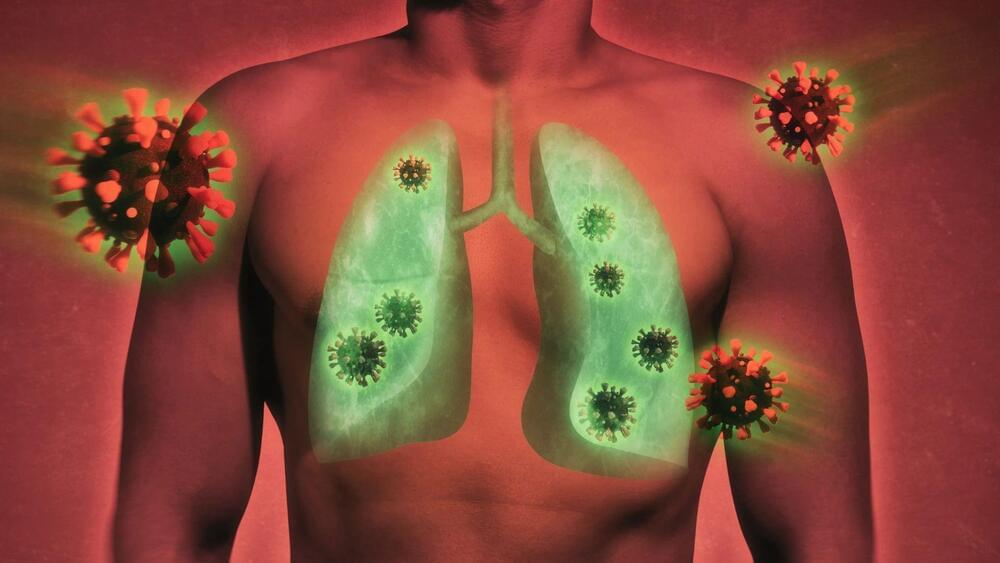Sep 23, 2023
Scientists regenerate neurons that restore walking in mice after paralysis from spinal cord injury
Posted by Shubham Ghosh Roy in categories: genetics, neuroscience
In a new study in mice, a team of researchers from UCLA, the Swiss Federal Institute of Technology, and Harvard University have uncovered a crucial component for restoring functional activity after spinal cord injury. The neuroscientists have shown that re-growing specific neurons back to their natural target regions led to recovery, while random regrowth was not effective.
In a 2018 study published in Nature, the team identified a treatment approach that triggers axons —the tiny fibers that link nerve cells and enable them to communicate—to regrow after spinal cord injury in rodents. But even as that approach successfully led to the regeneration of axons across severe spinal cord lesions, achieving functional recovery remained a significant challenge.
